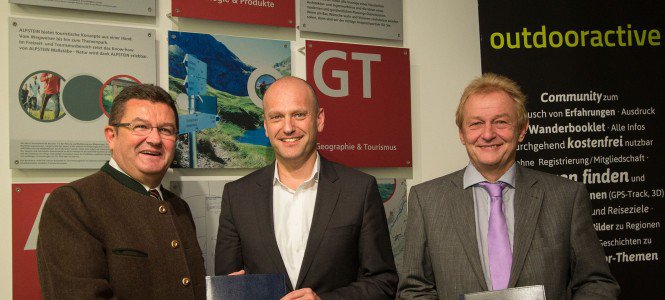TSMP
Conception and Development of a Tourism Service Matching Platform
Abstract
- Generic model to generate preferences from scratch
- Preferences operating on hierarchical or recursive data
- Preference analytics
Description
- Generic model to generate preferences from scratch
The model consists of following steps:
Semantic model by data analysis, creation of a questionnaire from the semantic model, annotation of the questionnaire by domain experts, knowledge engineers or interviewees, evaluation of the questionnaire's annotations, and automatic generation of preferences based on the evaluation. This generic prodecure is suitable for model-driven and for statistics-based architectures. No controlled vocabulary or closed world assumption has to be assumed. - Preferences operating on hierarchical or recursive data
The vocabulary of many applications is arranged by taxonomies as in this case. Transforming the concept of inheritance stemming from object-oriented languages to preferences, not annotated terms are inferred by the most specific annotated hypernym(s).
The preference-based routing corresponds to the preference evaluation of a search tree, which is spanned by a sequence of atomic segments to get from a starting point to an endpoint. Along the path, interesting attributes may be aggregated.
The powerset of a set or of a multiset is a lattice. Each element of the lattice describes an unordered combination of the elements of the underlying structure, which are aggregated too. The elements of the basic set are constructed by a top-k preference query which is specific with respect to region, stereotype, and context (e.g. weather). Relying on optimal elements, the combination of theses elements are also good candidates to fill a timetable by the day. The slot filling is also preference-driven. In summery, the resulting timetable represents the output of a preference-based and constrained vacation planner. - Preference analytics
Top-k preference queries generate a result of a fixed size k, if possible. The result is optimal with respect to the underlying context-aware preference query. Comparing the results of different regions, stereotypes, and weather conditions and measuring the preference quality of the tuples, the best suited target groups are found for each region. Target marketing paves the way for customer satisfaction, since the dismatch between desires of stereotypes and the reality of a region is minimized to get the best-suited region for each stereotype.
Approval of TSMP by the Bavarian Ministry of Economic Affairs and Media, Energy and Technology:

From left to right:
State Secretary Pschierer, Mr. Wimmer (Executive Director of ALPSTEIN Tourismus), Prof. Kießling
Start date: 01.12.2013
Duration: 01.12.2013 - 15.12.2015
Funded by: Bavarian State Ministry of Economic Affairs, Infrastructure, Transport, and Technology
Local scientists:
Dr. Alfons Huhn
Patrick Roocks
Priv.-Doz. Dr. Markus Endres
External scientists / cooperations: Alpstein Tourismus GmbH & Co. KG
Links:
Approval of TSMP by the Bavarian Ministry of Economic Affairs and Media, Energy and Technology:

From left to right:
State Secretary Pschierer, Mr. Wimmer (Executive Director of ALPSTEIN Tourismus), Prof. Kießling
